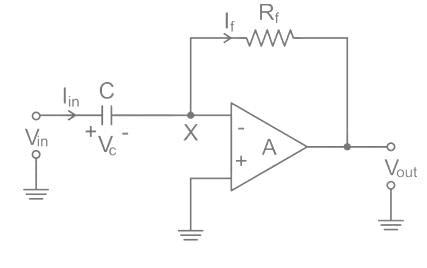Test: Clipper & Clamper: Diode Circuits - Electrical Engineering (EE) MCQ
10 Questions MCQ Test - Test: Clipper & Clamper: Diode Circuits
For a sinusoidal input of 20 Vpeak to the given circuit, what is the peak value of the output waveform?


For a sinusoidal input of 20 Vpeak to the given circuit, what is the minimum value of the output waveform?
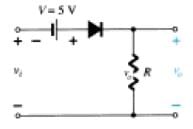

For the given input waveform to the given circuit, what is the minimum value of the output waveform?
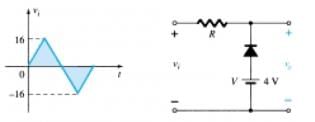

For the given circuit, what is the minimum peak value of the output waveform if the input waveform is 10V square wave with switching time of 1 second?
Assume that the input switches between +10V and -10V DC levels.

What is the circuit in the given diagram called?
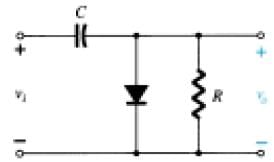
For the given circuit for a 20 Vpeak sinusoidal input vi, what is the value of vi at which the clipping begins?
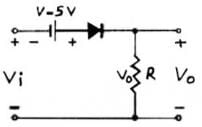
For the given input waveform to the given circuit, what is the peak value of the output waveform?
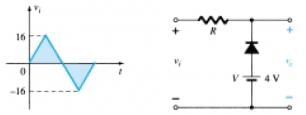
Which of the following is not a necessary component in a clamper circuit?
For the given circuit and input waveform, the peak value of the output is +30V.






